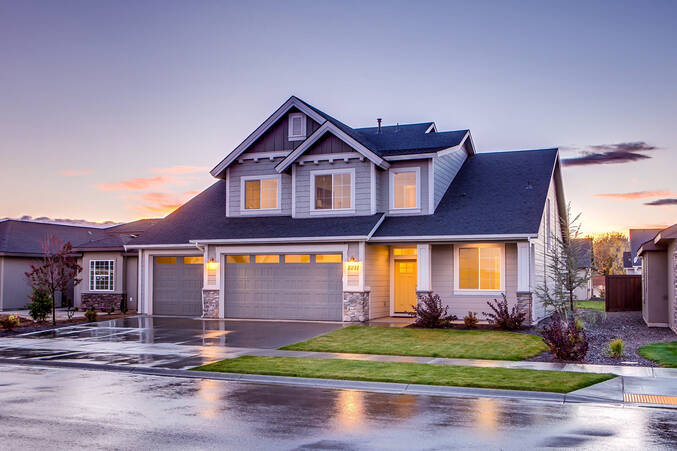Roof completes a home, shields it from the outside environment and it gives a subtle touch to the house with various built styles. The different type of roof structures with their pros and cons are
- Traditional or Cut Roof
This type of roof is very traditional and is often angled more than 35o. This is constructed in such a manner that it is weatherproof with standard roofing materials like peg tiles and thatch.It can be easily altered as per requirement. Replacing is comparatively easier as the finished structure is readily adaptive. It is a very delicate structure when it comes to construction and Requires highly skilled people and expensive to construct.
- Flat Roofs
Flat roofs are a bit tilted to stop rainwater from forming a little pond. Flat roofs are quite common as they provide a bit of open space to the household.Itgives a clear look to the house and provides space for plantation or solar panels.The maintenance and cleaning is a bit tedious task and if roofing is done with a metal than it requires attention in severe weather conditions.
- Trussed Roofs
Trussed Roofs are normal concepts mostly implemented in North-East India. It itself splits into two types which have their own advantages and disadvantages namely Fink Truss and Attic Truss. The Fink Truss is an inexpensive and lightweight roof type which is constructed from relatively small timber sections. It is a very simple roof design and can be formed in a day if urgently required. It doesn't give much storage space and is an impractical choice if the roof design consists of many junctions, valleys, hips and windows as it complicate the construction work and gets less spacious. Open or Attic Trussgives an empty attic space with simplistic trussed roof design. These roofs are a bit expensive as they are formed from heavier timbers than Fink Trusses.
- Curved Roofs
Curved roof shapes are very attractive to look at as they raise a visual interest and is often constructed from plywood covering over curved timber glulam beams which is laminated thus providing moisture resistant quality to the roof. It is generally covered on top with metal like zinc or copper or with a turf plantation to give a greenery look.
- Green Roofs
The most environment friendly approach to the roof is green or turf roof which gives a very different look at any house. It have many benefits like it absorbs CO2, provides insulation against the weather and absorbs a proportion of rainwater. It requires very precise layering and waterproofing details for the interior. Plant selection is also very important.
- Insulation and Warm Roofs
Depending upon the requirement, the level of insulation varies. For example, if the loft will be used as a living space, the insulation must be applied directly under the sloping roof and if loft space is meant to be empty then insulation can be directly applied above the ceiling. There are two common ways of insulation, one being a warm roof where insulation is placed just above the rafters and the second one is placing a series of insulated panels across the roof.
- Choosing your Structure
The first decision should be regarding the usage of the space for the long term. If the space is going to be unoccupied then a simple fink truss system will work more than well. But if at the moment or later in future the space will be used then it is better to go for other options.


















